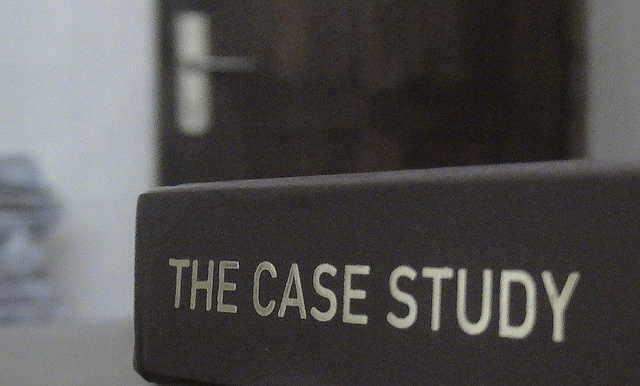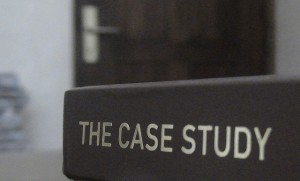The Structure of a Customer Case Study
The structure of a customer case study can take on many forms. I talked about this in a previous post, but I wanted to take it a step further.
There aren't any hard and fast rules when it comes to the structure and layout of a case study. In general, however, a case study contains a distinct beginning, middle, and ending.
It's all about story.
A good case study copywriter gathers information through research and client or subject matter expert interviews and weaves it into an engaging story. "Engaging", of course, is relative, based on the ideal client or prospect. The thing to consider here is: what is interesting to the prospect? This ties directly into the unique and urgent problem the prospect is experiencing, either in his company or in his personal life.
A customer case study works well for both the business-to-business and the business-to-consumer markets. Everyone loves a good story. And using a story to share your company's capabilities can get your prospect engaged and interested in what you can offer.
So, what does the structure of a customer case study look like?
The beginning…
When writing a case study, think of the many different beginnings a novel can have. Some novels begin with a prologue which usually shares the background that made the protagonist (or the antagonist) the person he is in the present.
The length of the beginning (or set-up) will depend on the length of the case study. If you're producing a 2,000-word case study, there might be more room for a longer set-up.
The beginning could also start with the present, highlighting all of the great benefits that came from the implementation. This could get the reader thinking (maybe even daydreaming) about what your product or service could do for his company.
How about the middle?
The middle of the case study typically talks about the implementation process and any challenges the client experienced during the implementation. This is where your great customer service gets featured. How did your company make the process easy for the client? How did it address any issues that came up? How did it help the client get on track?
And the ending?
The ending is a great place to include helpful advice from the client. What mistakes were made during the entire process (in the past, during the present, etc.) and what advice does the client have that could help your prospect avoid making those same mistakes?
What about a tip on getting everyone on board and ready for the change? One of the biggest challenges with implementing a new process is getting a team to embrace that new process and change how they operate. So, providing a helpful tip in the case study can help the reader feel confident that the change can work.
If you're considering adding case studies to your marketing strategy, feel free to get in touch or check out my ebook, How to Craft an Effective Case Study. It will get you on the right track to creating effective case studies for your business.
- It’s been a long time… - February 10, 2024
- Realizations About Tracking Progress - May 28, 2020
- Goal Setting & Productivity 101 - May 25, 2020

